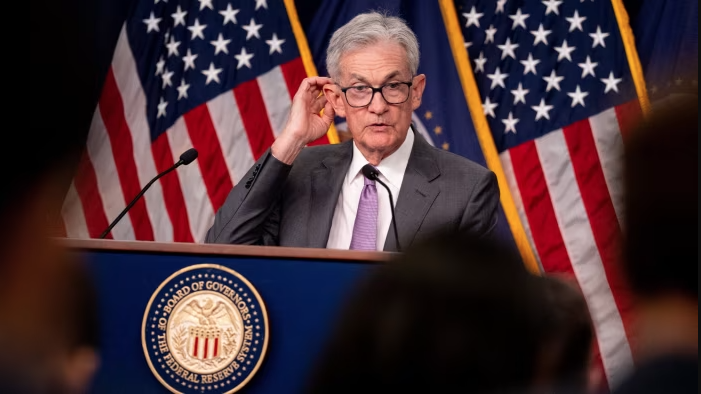Despite recent signs of persistent inflation and a strong economy, the Federal Reserve is expected to lower interest rates again this week for the third consecutive time. At first glance, this might seem puzzling—why reduce rates when the economy appears stable? Let’s break it down.
Is the Fed Making the Right Move?
Some experts argue this decision could be risky. Bernard Baumohl, chief global economist at the Economic Outlook Group, believes another rate cut might fan the flames of inflation and harm the Fed’s credibility. “A cut now could backfire,” he warns, adding that it might undo progress in controlling prices.
On the other hand, others point out that inflation may still be heading in the right direction, albeit slowly. This camp feels the Fed is justified in cautiously nudging rates closer to “neutral” territory—a level that neither overheats nor cools the economy unnecessarily.
Why Do Interest Rate Cuts Matter?
When the Fed lowers interest rates, it generally aims to stimulate the economy by making borrowing cheaper for businesses and individuals. This can help boost economic activity during slower times. However, if inflationary pressures are still strong, rate cuts can also pose risks by potentially driving prices higher.
Will the Fed Actually Cut Rates Again?
The odds are high. Financial markets predict a 97% likelihood of another quarter-point reduction following the Fed’s upcoming meeting. However, the pace of future cuts may slow down. While the Fed initially signaled multiple rate cuts in 2025, officials are now leaning toward a more measured approach to avoid overcorrection, given the economy’s current resilience.
What’s the Current Inflation Picture?
Although inflation has cooled significantly, it’s not all good news. November saw overall inflation climb for the second consecutive month, reaching 2.7%. Core inflation, which excludes volatile food and energy prices and is closely monitored by the Fed, has remained sticky at 3.3% for several months. This suggests that underlying price pressures tied to consumer demand remain strong.
How’s the Economy Holding Up?
Despite these challenges, the economy has shown remarkable resilience. Economic growth hit a solid 2.8% annual rate in the third quarter, and estimates suggest an even stronger 3.3% gain for the fourth quarter. Job growth also rebounded in November, with payrolls expanding by 227,000 after being dampened by temporary factors like hurricanes and labor strikes.
Why Push Rates Toward Neutral?
Fed officials believe the current rate is still too restrictive. At 4.5% to 4.75%, it’s seen as limiting economic activity more than necessary. By gradually bringing rates closer to the neutral zone—estimated around 3%—the Fed hopes to strike a better balance between fostering growth and keeping inflation in check.
Christopher Waller, a Fed governor, described the situation in practical terms: “Cutting rates doesn’t mean stepping on the gas. It just means easing off the brakes.”
Looking Ahead
The Fed’s upcoming decisions are likely to reflect caution. While further rate cuts seem probable in 2025, officials are expected to project only two or three more reductions next year. This measured approach could help manage public expectations, a critical factor in controlling inflation.
Meanwhile, markets are already banking on a rate cut at the next meeting. The Fed is typically wary of disrupting market confidence, so it’s unlikely to veer sharply from these expectations.




